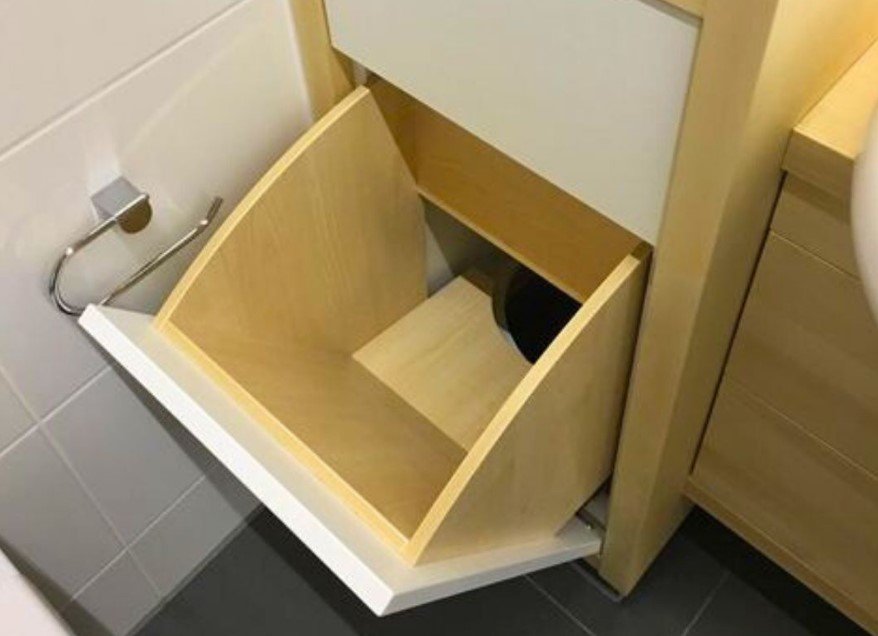In the world of old houses, there are charming quirks and unique features that often go unnoticed. Among these hidden gems is the laundry chute—a time-honored convenience that has been a part of homes for generations.
A Blast from the Past
Imagine stepping into a historic home, rich with character and history. As you explore the nooks and crannies, you might stumble upon a small door built into the wall. This unassuming door hides a laundry chute, a once-common feature in many old houses. Laundry chutes were introduced in the late 19th century and became increasingly popular during the early to mid-20th century. They were designed to simplify the task of doing laundry in large, multi-story homes.
How They Work
Laundry chutes are essentially vertical shafts that connect different floors of a house. They’re typically located near bedrooms or bathrooms for easy access. The chute is lined with a smooth surface to allow clothes to slide down effortlessly. When it’s laundry day, you simply open the chute door on the upper floor, drop your dirty laundry inside, and gravity takes care of the rest. The clothes make their way to a collection area in the basement or laundry room, ready for sorting and washing.
Time-Saving and Space-Efficient
One of the primary benefits of laundry chutes is their time-saving nature. In the days when manual labor was the norm for laundry, having a chute meant you didn’t have to lug heavy baskets up and down stairs. It made the chore more manageable, especially in larger homes.
Additionally, laundry chutes were space-efficient. They eliminated the need for bulky hampers or laundry baskets in bedrooms, which was particularly useful in smaller rooms with limited storage space. Old houses often lacked the spacious walk-in closets we’re accustomed to today, making laundry chutes a clever solution.
Safety Considerations
While laundry chutes are undoubtedly convenient, they do come with some safety considerations. For example, they can be a temptation for curious children who might want to play with the chute. To address this, many homeowners installed safety gates or locks to prevent accidents.

Modern Adaptations
In contemporary homes, laundry chutes have become less common, primarily due to advances in laundry technology and design. Modern laundry rooms are often conveniently located on the same floor as bedrooms, reducing the need for chutes. Additionally, front-loading washers and dryers have made laundry tasks more manageable, eliminating the need to carry heavy loads up and down stairs.
However, some homeowners still appreciate the nostalgia and functionality of laundry chutes. In renovating older homes, they may choose to restore or install chutes as a charming nod to the past. Others repurpose them creatively, turning old laundry chutes into quirky storage spaces or even wine cellars.
Laundry chutes are a delightful relic of old houses, a reminder of a time when convenience and ingenuity were key in making daily chores more manageable. While they may have fallen out of favor in modern home design, their charm and practicality remain. Whether you’re exploring an old house or considering a renovation project, keep an eye out for these hidden treasures. They’re not just pieces of architectural history but a testament to human innovation in making life a little bit easier.
Source: worvd.com


